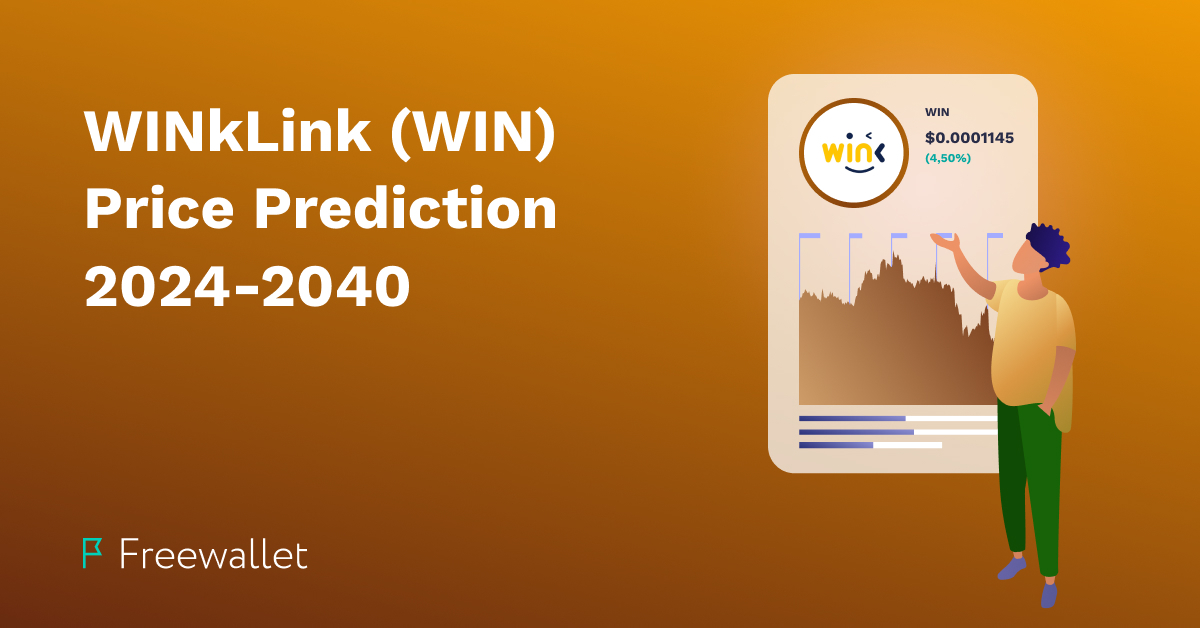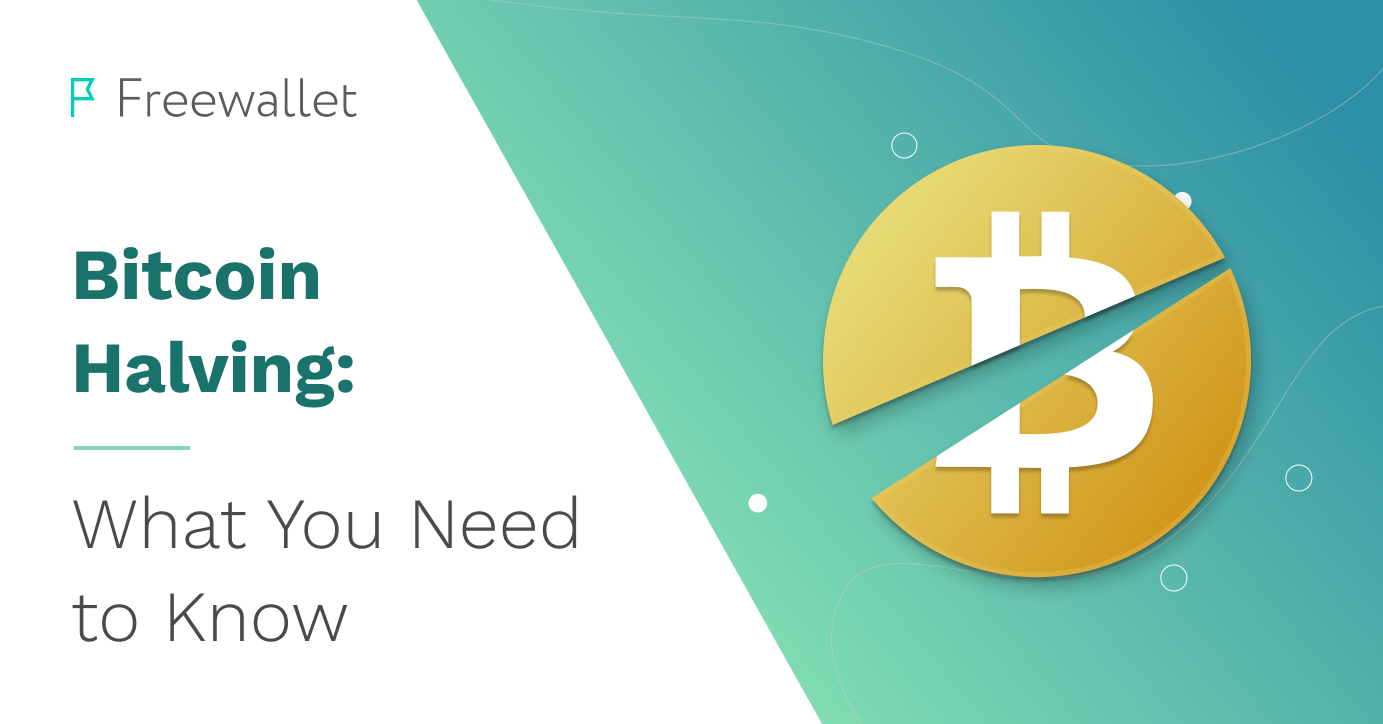
The Internet is not standing still. It continues to develop and change and it changes the way we interact with information and each other. Our everyday life experiences are changing with the evolution of the Internet.
The social media boom of the 2000s had a tremendous impact on various spheres of our lives. It was called “web 2.0,” an Internet with the focus on the user-made content. It’s your photos, your posts, your videos, your playlists, etc.
More recent iterations of the internet are associated with concepts like user independence, data privacy, virtual reality, and other features not central to Web 2.0. This article explores Web5 and how it differs from Web 2.0, Web3, and Web4.
What Is Web5?
Web5 represents a new step in the evolution of the internet. It aims to address concerns about trust and private data ownership by creating a fully decentralized environment for developing and using decentralized apps (dApps) and platforms. It also focuses on decentralizing identities. Unlike previous internet iterations, Web5 empowers users with complete control over their personal data. Web5 enables users to remain anonymous, preventing third parties from identifying them without consent and collecting their data.
Jack Dorsey. Image source: Market Realist
Web5 is not just a concept; it’s a decentralized network created by TBD, a company backed by Jack Dorsey. Web5 is based on the Bitcoin blockchain and focuses on building dApps and decentralized networks that do not rely on blockchains. The Web5 ecosystem includes verified credentials, identity wallets, and decentralized identities. Private data is stored in Decentralized Web Nodes (DWNS) and Decentralized Web Names (DWNAs).
In contrast to Web3, where the internet is controlled by a few influential entities rather than users, Web5 aims to shift control back to users. One key strategy is providing decentralized solutions for data storage and decentralized identity technology. Unlike Web3, in Web5, users retain complete ownership of their private data, preventing anyone else from accessing or using it without their permission.
While still in its early stages, Web5 holds the promise of a new version of the World Wide Web—a user-centric model that empowers users by taking control away from service providers.
How Does Web5 Work?
The Web5 model brings verification to a fully decentralized space. Jack Dorsey outlined three core elements of Web5:
Decentralized identifiers (or DID): DIDs are used for authentication and data routing. They are self-generated and self-owned.
Verifiable credentials (or VCs): VCs are cryptographic representations of verified data. Examples include proof of employment and driver’s licenses.
Decentralized web nodes (or DWN): DWNS are used to relay messages between apps and protocols.
Developers will leverage decentralized web platforms to build dApps. These platforms do not store data like traditional blockchains do, taking decentralization to a new level. Communication between users and dApps occurs through decentralized identifiers, ensuring that users never compromise their data.
How Is Web5 Used?
Web5 utilizes decentralized identifiers (DIDs) as a replacement for email addresses and account names used on traditional websites and social media platforms. Unlike email addresses and usernames, DIDs are not controlled by centralized entities. Users have the freedom to decide whether they want their identities to be publicly discoverable.
The integration of verifiable credentials with decentralized identifiers creates a trustless environment for interactions on Web5. When users log in to a platform, services request verifiable credentials, such as an ID card, for verification. Decentralized web nodes enable dApps built on decentralized platforms to collect and relay necessary data.
Web3, Web4 & Web5
Both Web 2.0 and Web3 require users to share private data with third parties, raising security concerns. Data leaks and instances of user data misuse, as seen in the Cambridge Analytica scandal, are prevalent in the Web 2.0 environment. While Web3 relies on public blockchains, Web5 offers a higher level of decentralization.
Web4 is associated with the internet’s shift towards virtual reality, metaverse, the Internet of things, etc. We won’t delve into Web4 or compare it to Web3 or Web5 here, as our focus is on data ownership rather than virtual reality and user experience.
Image source: OneArt
The primary distinction between Web3 and Web5 lies in the ownership of private data. In the Web5 realm, users maintain complete control and storage of their private data. Service providers do not control it, unlike in Web3. Web3 platforms rely on service providers for authentication, while Web5 uses decentralized identifiers for authentication.
Another significant difference is the level of decentralization. Web5 offers a fully decentralized data ecosystem, while Web3 is only partially decentralized. Web3 service providers utilize their servers to store data, whereas Web5 stores data on user-owned data nodes. Web5 eliminates the need for users to rely on third parties, providing a more secure environment compared to Web3.
Freewallet Web3 Wallet
While Web5 is still under development, Freewallet offers a non-custodial Web3 wallet. The wallet does not store the user data on company servers. Instead, users store their private keys and critical data on their devices. The wallet is available as a mobile app and a web browser extension.
By default, Freewallet’s Web3 wallet supports over 1,000 cryptocurrencies based on 15 blockchains. Users can expand their options by adding custom blockchains, gaining access to an even wider range of crypto assets.
Freewallet’s non-custodial Web3 wallet provides a comprehensive set of features to cater to diverse user needs. The wallet offers a unified platform for managing your cryptocurrency, encompassing various functionalities.
Features and Functionality:
- Crypto Purchases: Buy cryptocurrency using your Mastercard or Visa card, Google Pay, and local payment services (depending on your location).
- Token Swaps: Instantly swap tokens or use the built-in centralized and decentralized exchanges to buy and sell crypto at the best available rates.
- Web3 Access: Connect to DeFi platforms and other Web3 services through the WalletConnect feature.
Security and Privacy:
- Seed Phrase: Access your wallet using a seed phrase, which you should store offline (written down or printed) for security.
- Device Protection: Secure your account on a given device using a PIN, passkey, or biometrics.
- Spending Limits: Set spending limits to control your transactions.
- Encryption: All communication between the wallet and the user is encrypted using the AES-256 protocol.
Freewallet’s non-custodial Web3 wallet is not the first product from Freewallet. The company has been a prominent player in the cryptocurrency wallet market since 2016. Freewallet’s initial popular apps included the multi-currency Crypto Wallet and a series of dedicated single-currency crypto wallets. These apps offer a wide range of features, making them versatile and user-friendly platforms. Unlike the newest non-custodial Web3 wallet, previous Freewallet wallets were custodial, meaning that private keys and data were stored on company servers.
Conclusion
Web5 represents a new chapter in the evolution of the internet. As of June 2024, Web5 is in its early stages of development. Unlike previous iterations, Web5 focuses on empowering users by giving them full control over their private data. This user-centric approach aims to create a more secure and privacy-focused internet experience.
Web5 relies on the decentralized platforms for building dApps, not associated with blockchains, verified credentials, and decentralized IDs (DIDs). This system will make it possible to manage access to the decentralized apps and platforms without exposing your private data to anyone. All the required documents will be provided if needed in a decentralized form without leaving a digital trail.
Users will decide whether or not they want to be discoverable online by their usernames, etc. This is quite opposite to the realms of web 2.0 or even much more secure and private web3.
Web5 is not simply a name or a trend. It is a network built upon the Bitcoin blockchain, created by TBD, a company founded by Jack Dorsey. Web5 represents a paradigm shift towards a more decentralized and user-empowered internet.
Related
Stay tuned
Subscribe for weekly updates from our blog. Promise you will not get emails any more often.
Most Popular
New Posts
Stay tuned
Subscribe for weekly updates from our blog. Promise you will not get emails any more often.






